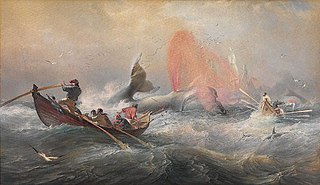 W
WWhaling in Australian waters began in 1791 when five of the 11 ships in the Third Fleet after landing their passengers and freight at Sydney Cove then left Port Jackson to engage in whaling and seal hunting off the coast of Australia and New Zealand. The two main species hunted by such vessels in the early years were right and sperm whales. Later, humpback, bowhead and other whale species would be taken.
 W
WAdventure Bay is the name of a locality, a township and a geographical feature on the eastern side of Bruny Island, Tasmania. At the 2006 census, Adventure Bay and the surrounding area had a population of 152.
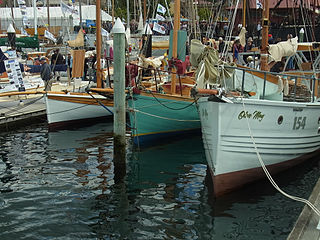 W
WThe Australian Wooden Boat Festival is a biennial event held in Hobart Tasmania celebrating wooden boats. AWBF is held concurrently with the Royal Hobart Regatta. The festival welcomes wooden boats of all sizes including wooden canoes, kayaks and dinghies as well as yachts and tall ships.
 W
WBritannia was a 301 burthen ton full rigged whaler built in 1783 in Bridport, England, and owned by the whaling firm Samuel Enderby & Sons. She also performed two voyages transporting convicts to Port Jackson. She was wrecked in 1806 off the coast of New South Wales.
 W
WCheyne Beach Whaling Station is a defunct whaling station in Australia. It now operates as a tourist park known as Albany's Historic Whaling Station. The station is situated in Frenchman Bay in King George Sound and was built in the 1950s, operating until 1978.
 W
WDavidson Whaling Station is a heritage-listed former whaling station at Edrom, Bega Valley Shire, New South Wales, Australia. It was built in 1896. The property is owned by the New South Wales Office of Environment and Heritage. It was added to the New South Wales State Heritage Register on 2 April 1999.
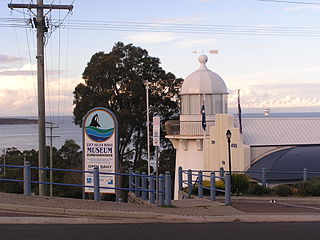 W
WThe Eden Killer Whale Museum is a museum in Eden, New South Wales, Australia. It was originally built to house the skeleton of the orca "Old Tom" and tell the story of Old Tom and the other Killer whales of Eden. The local historical society is based at the museum, where it displays and houses between five and ten thousand items, focusing on the Australian whaling industry, general maritime and fishing artifacts, the timber industry, and local social history.
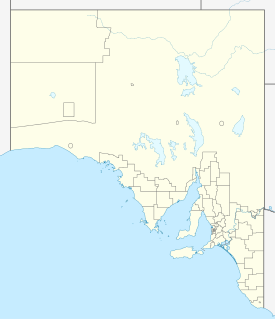 W
WFlinders Island is an island in the Investigator Group off the coast of South Australia approximately 32 kilometres (20 mi) west of mainland town Elliston. It was named by Matthew Flinders after his younger brother Samuel Flinders, the second lieutenant on HMS Investigator in 1802.
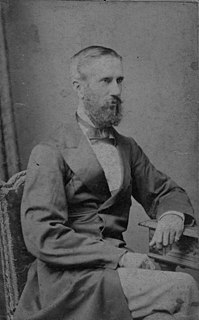 W
WAlexander Imlay together with his brothers George (1794?-1846), and Peter (1797–1881) were Scottish-born pioneer settlers in southern New South Wales. They operated in the region as pastoralists, whalers and shipbuilders. A number of things in the area were named after them. These include Imlay Street, the main street in Eden, the Mount Imlay National Park and Imlay Shire.
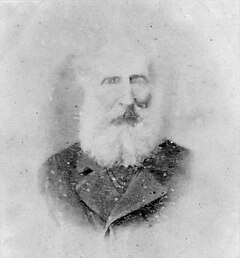 W
WPeter Imlay (1797–1881), along with his brothers Alexander (1794-1847) and George (1794?-1846) were Scottish-born pioneer settlers in southern New South Wales. They operated in the region as pastoralists, whalers and shipbuilders.
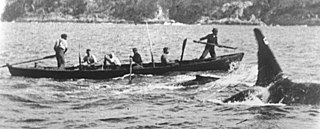 W
WThe killers of Eden or Twofold Bay killers were a group of killer whales known for their co-operation with human hunters of cetacean species. They were seen near the port of Eden in southeastern Australia between 1840 and 1930. A pod of killer whales, which included amongst its members a distinctive male called Old Tom, would assist whalers in hunting baleen whales. The killer whales would find target whales, shepherd them into Twofold Bay or neighbouring regions of coast, and then often swim many kilometres away from the location of the hunt to alert the whalers at their cottage to their presence and often help to kill the whales.
 W
WColonial Ship King George was the first ship, by virtue of having three masts, built in the colony of Sydney, New South Wales.
 W
WKing George Sound is the name of a sound on the south coast of Western Australia. Originally named King George the Third's Sound, it was referred to as King George's Sound from 1805. The name "King George Sound" gradually came into use from about 1934, prompted by new Admiralty charts supporting the intention to eliminate the possessive 's' from geographical names.
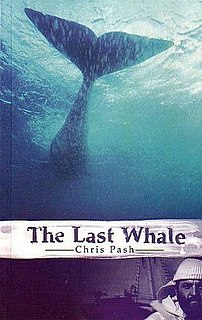 W
WThe Last Whale is a 2008 book by Chris Pash, an Australian author and journalist. It is about the end of whaling in Australia including the closure of the last Australian whaling company, Cheynes Beach Whaling Company.
 W
WHMS Mutine was launched on 19 May 1825 at Plymouth, England as a Cherokee-class brig-sloop. She became a Falmouth packet until the navy sold her in 1841. She then became the whaler Aladdin, sailing first out of England and then out of Hobart. The government in Tasmania purchased her in 1885 to use as a powder hulk. It sold her in 1902 for breaking up.
 W
WPort Fairy is a coastal town in south-western Victoria, Australia. It lies on the Princes Highway in the Shire of Moyne, 28 kilometres (17 mi) west of Warrnambool and 290 kilometres (180 mi) west of Melbourne, at the point where the Moyne River enters the Southern Ocean.
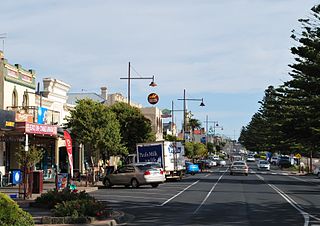 W
WPortland is a city in Victoria, Australia, and is the oldest European settlement in the state. It is also the main urban centre in the Shire of Glenelg and is located on Portland Bay. In June 2018 the estimated population was 10,900, having decreased slowly at an average annual rate of −0.03% year-on-year over the preceding five years.
 W
WRecherche Bay is an oceanic embayment, part of which is listed on the National Heritage Register, located on the extreme south-eastern corner of Tasmania, Australia. It was a landing place of the d’Entrecasteaux expedition to find missing explorer La Pérouse. It is named in honour of the Recherche, one of the expedition's ships. The Nuenonne name for the bay is Leillateah.
 W
WThe River Derwent is a river located in Tasmania, Australia. It is also known by the palawa kani name timtumili minanya. The river rises in the state's Central Highlands at Lake St Clair, and descends more than 700 metres (2,300 ft) over a distance of more than 200 kilometres (120 mi), flowing through Hobart, the state's capital city, before emptying into Storm Bay and flowing into the Tasman Sea. The banks of the Derwent were once covered by forests and occupied by Tasmanian Aborigines. European settlers farmed the area and during the 20th century many dams were built on its tributaries for the generation of hydro-electricity.
 W
WOriginally a whaling station, Tangalooma Island Resort is a resort on the west side of Moreton Island in Queensland, Australia. It lies on the eastern shore of Moreton Bay and is known for its resort accommodation, dolphin-feeding program, sand dunes and wreck diving. Swimming is popular along the white beaches. It has a population of over 300 and receives more than 3500 visitors every week as it is only about 70 minutes from Brisbane by express catamaran. Moreton Island National Park is 98% of the island, though there are three small townships there: Bulwer, Kooringal and Cowan Cowan. The adjacent waters are protected as the Moreton Bay Marine Park. Tangalooma is the aboriginal word meaning "where the fish gather".
 W
WWhaling was one of the first viable industries established in the Swan River Colony following the 1829 arrival of British settlers to Western Australia. The industry had numerous ups and downs until the last whaling station closed in Albany in 1978.
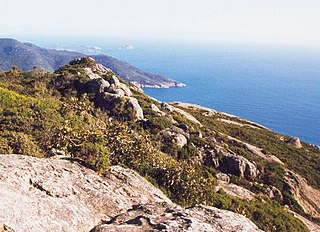 W
WThe Wilsons Promontory, also known as Yiruk and Wamoon in the Gunai and Bunwurrung languages respectively, is a peninsula that forms the southernmost part of the Australian mainland, located in the state of Victoria.